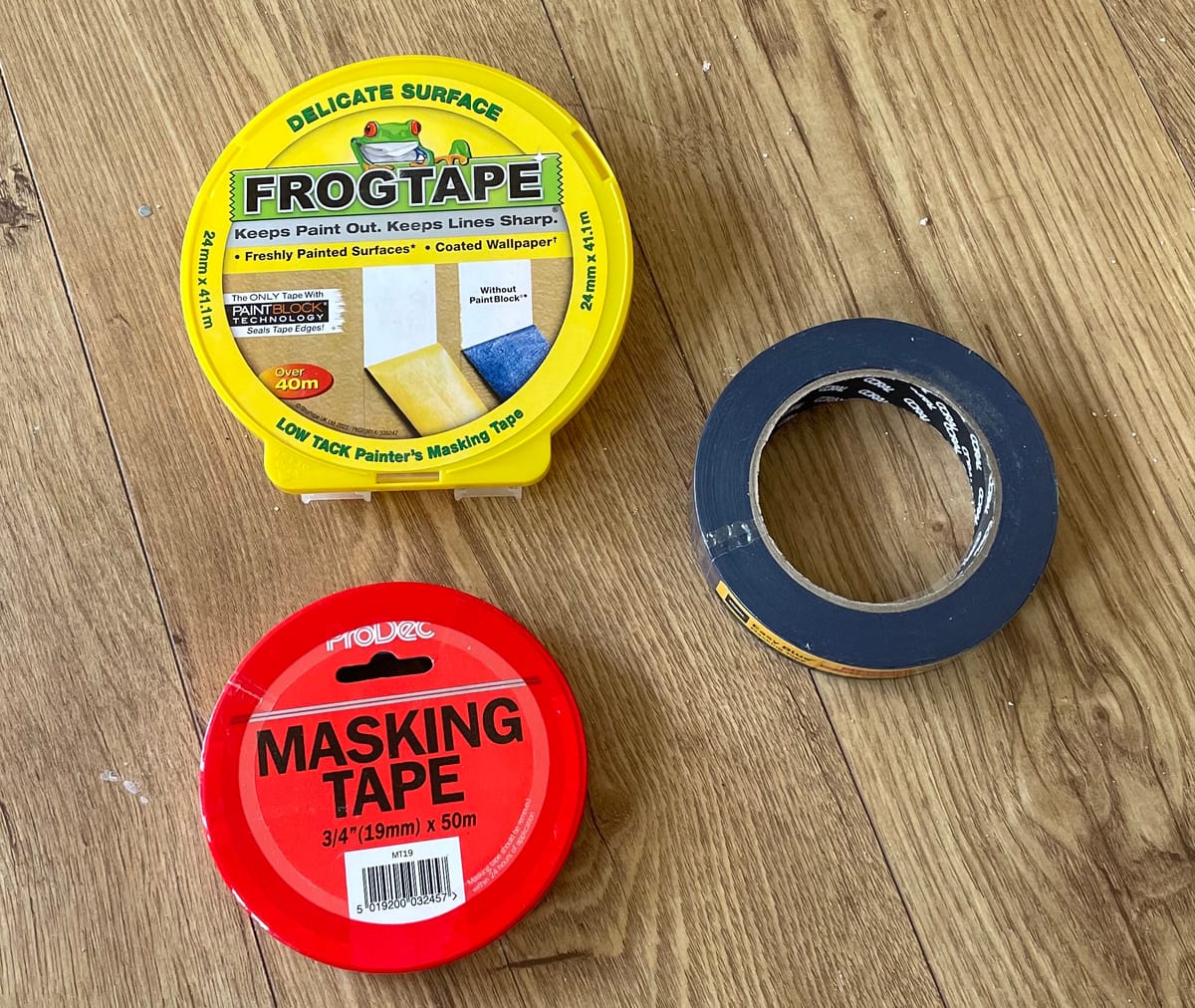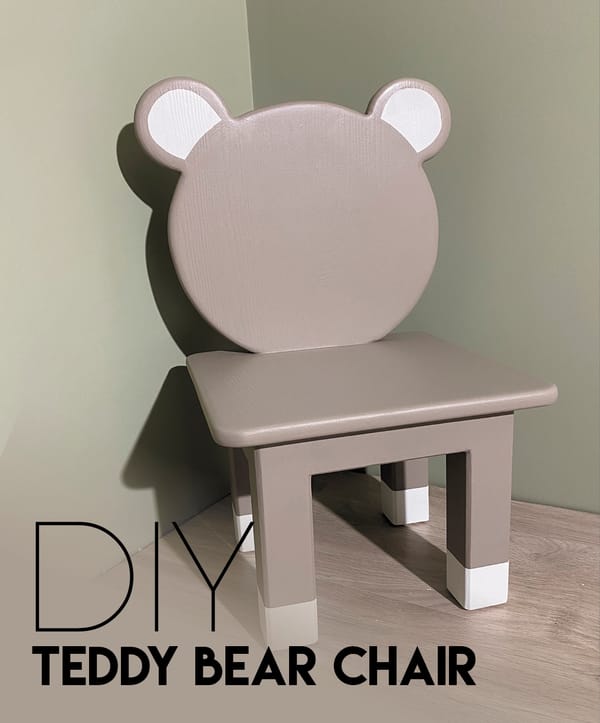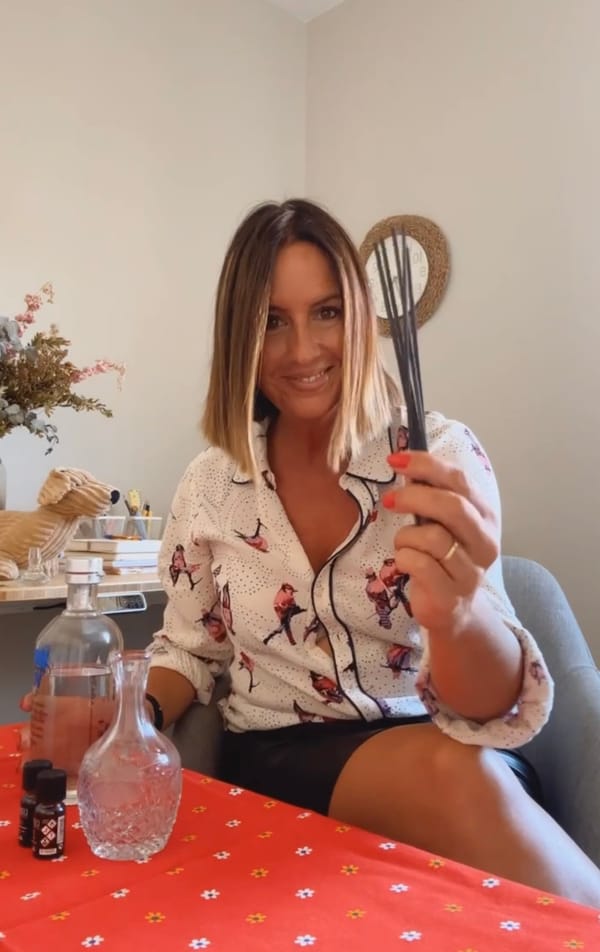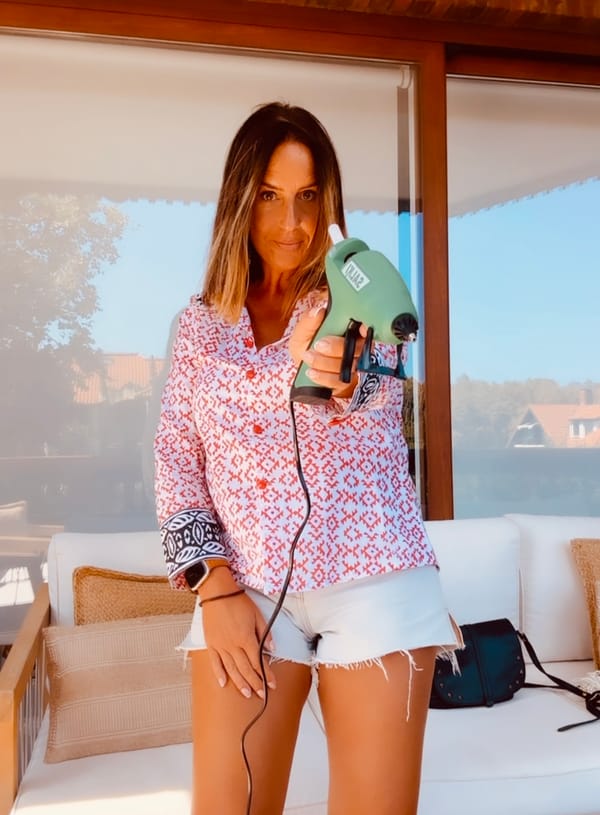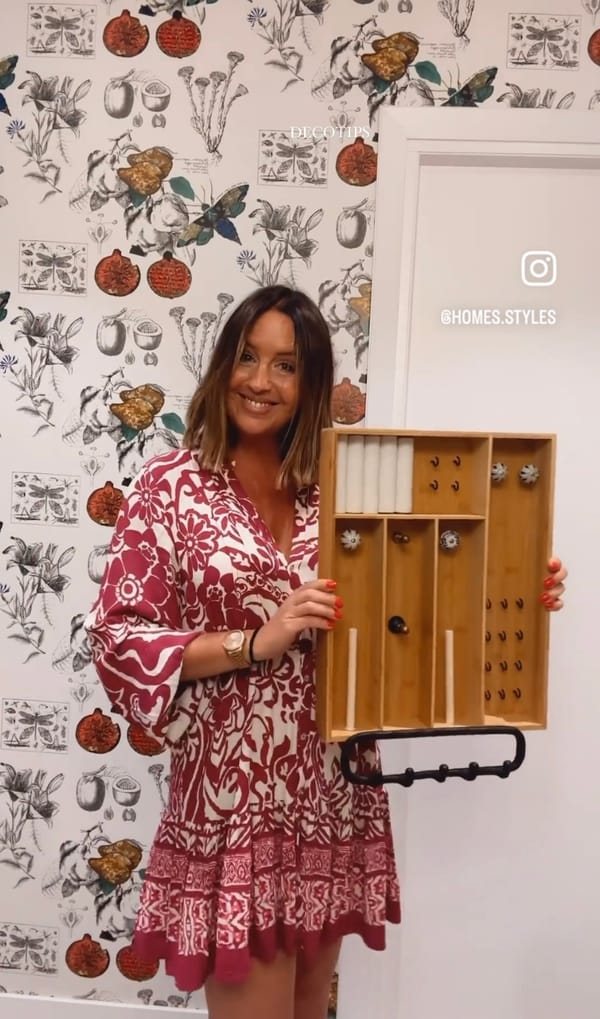Attention DIYers! If you don't know the difference between masking tape and painter's tape read this...
*This post contains affiliate links
Ever been perusing the aisles of your local DIY store and wondered, ‘What is the difference between masking tape, painter's tape and Frog tape?’ unless you’re a keen DIYer the answer to that question is probably, no!
Well, I’m here to tell you there is a difference between masking tape and painter’s tape and Frog tape it’s enough to ruin the lines on your painting project (& your day) if you pick the wrong one.

What is masking tape used for?
Masking tape is a useful tool for DIYers. It's great for things like sticking your dust sheets to skirting boards when painting a wall or for covering the metal part of the handle of your paintbrush to save it from getting covered in paint (and inevitably getting rusty). It also has other uses, but, and this might come as a surprise, I don't recommend using masking tape for covering areas and making neat lines when you're painting rooms inside your house. The reason for that is that masking tape can be quite high tack, so can damage the paint surface underneath when removed. This is due to the type of adhesive that it’s made from, as it’s purpose is to stick well and can therefore leave a residue behind (not what you want on your beautifully painted walls) and can actually pull the paint away from the wall when you remove it - another arghhhh! moment for DIYers!
Similarly, as masking tape is not designed to be used for this purpose, it doesn't give the same quality finish along the edge. Most painter’s tapes have anti-bleed functionality that gives those lovely crisp lines.
What is Frog tape?
Frog tape is a brand rather than a product category, and in my opinion, it is far superior to many of the other brands of painter's tape available to buy in the UK. There are several different varieties of frog tape, each with their own specific purpose yellow frog tape is my absolute favourite because it's designed to use on delicate surfaces, so it's absolutely brilliant to use on a relatively newly painted wall. That said, you still need to allow the paint to dry sufficiently before applying the delicate surface frog tape; I recommend leaving at least 24 hours.
What do the different colours of painter’s tape mean?
Looking at Frog tape specifically, the colours indicate which surface they have been designed for and it goes as follows;
- Green: multi-surface (cured painted surfaces, wood trim, glass and metal)

- Orange: Gloss and satin(cured painted surfaces, glass, carpet, stone)

- Yellow: delicate surfaces (Freshly painted surfaces, coated wallpaper)

How long should you leave painter’s tape on the wall?
The key to success here is not to leave the tape on for too long. I prefer to remove the tape before the paint completely dries, this is usually after about 30-60 minutes. If you leave the tape on too long, the glue can start sticking to the wall and leaving a residue that can ruin your perfect paint job.
An experiment!
Below, you can see the results of the experiment I conducted using each of the above types of tape. You can watch the Instagram reel I shared about this test here. The making tape resulted in fuzzy lines where the paint bled under the tape's edge. The blue painter's tape had a better finish but wasn't quite as crisp as the yellow frog tape.






